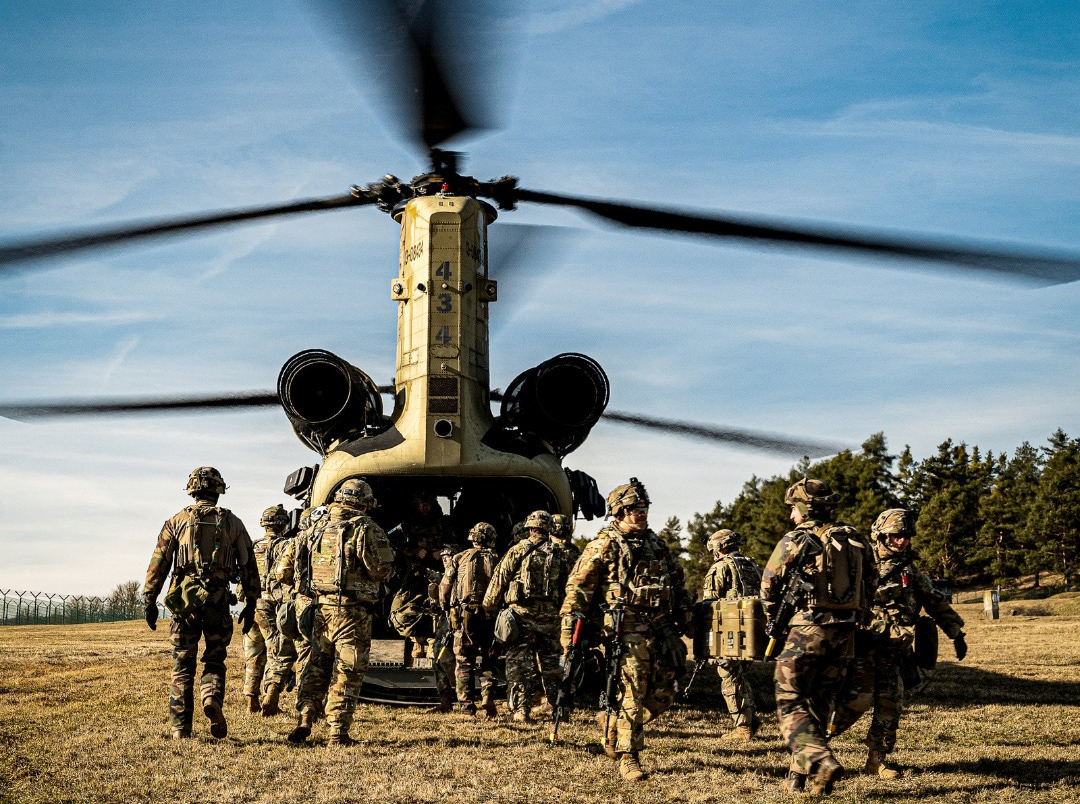EU Infrastructure Not Ready for Rapid Troop Deployment, European Commissioner Says

European Commissioner for Transport and Tourism Apostolos Tzitzikostas said that European roads, bridges, and railways are unsuitable for the rapid movement of tanks, troops, and military cargo in the event of war with Russia.
The Gaze reports on it, referring to the Financial Times.
Tsitsikostas warned that if NATO had to respond to an invasion by Russian troops across the eastern border of the European Union, tanks would get stuck in tunnels, cause bridges to collapse, and get bogged down in border procedures.
He therefore announced plans to spend €17 billion on infrastructure modernization to improve military mobility.
“We have old bridges that need to be renovated. We have narrow bridges that need to be widened. And we have bridges that need to be built from scratch,” he explained.
The European Commissioner stressed that it would be impossible to protect the territory if European armies were unable to move freely.
“The reality is that it takes weeks, and sometimes months, to move military equipment and troops from western Europe to eastern Europe today,” he said.
Most of the existing infrastructure was not designed to transport armies across the EU. For example, trucks on European roads usually weigh up to 40 tons, while a tank weighs up to 70 tons.
According to him, the EU is currently developing a strategy that will allow troops to be moved “within a few hours, maximum a few days” in the event of an attack. To this end, it is planned to upgrade 500 infrastructure facilities along four military corridors.
The projects, which were determined in cooperation with NATO and the Alliance's military command, are being kept secret for security reasons.
Tzitzikostas stressed that Brussels also wants to reduce bureaucracy so that “tanks do not get stuck in paperwork” when crossing borders.
This strategy, which the European Commissioner will present later this year, is seen as part of a broader wave of military preparedness amid warnings of a possible larger confrontation with Moscow and the expected reduction of the US military presence in Europe.
According to Tsitsikostas, the military mobility plan will complement the NATO agreement to increase the target for defense spending to 5% of GDP, of which 1.5% should be allocated to security and defense infrastructure.
“We can no longer afford to be unprepared or dependent,” he concluded.
In June, NATO Secretary General Mark Rutte warned that Russia is building up its military capabilities and will be ready to use military force against NATO countries within five years.
According to the German Federal Intelligence Service, Russia sees itself in a systemic conflict with the West and is preparing for a major war with NATO.
EU Defense Commissioner Andrius Kubilius shares the assessment of Western intelligence that Russia's attack on EU countries could happen within the next few years.